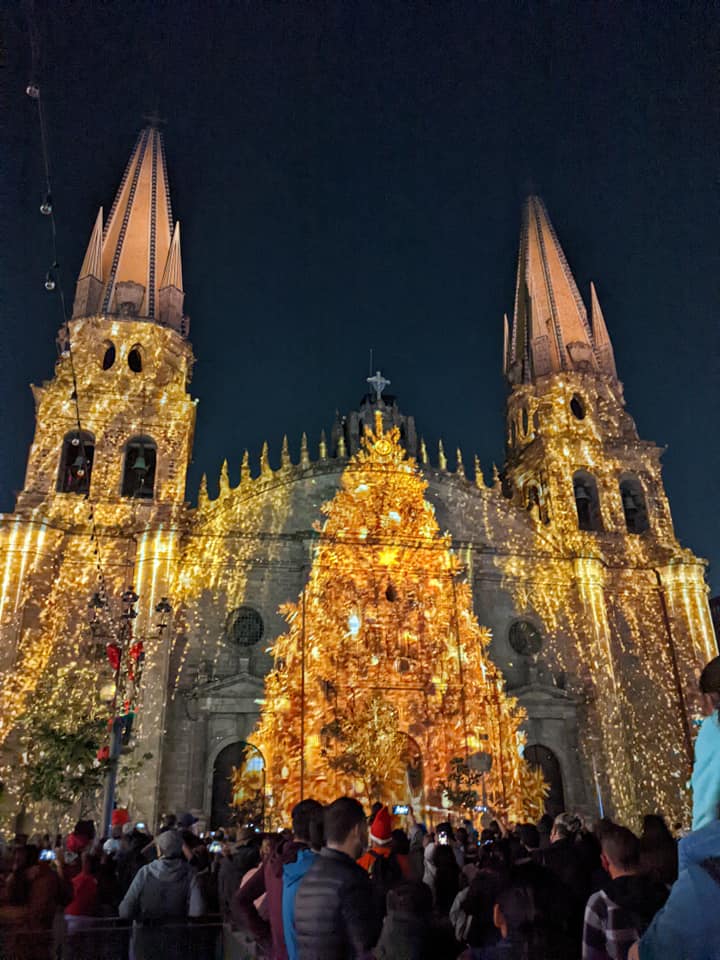
It’s the most wonderful time of the year! 🎶 Which is my musical way of stating the obvious: another holiday season is here! And this year, I thought I’d really get myself into the spirit by chronicling all the upcoming días festivos that I have to look forward to. Interestingly, seven years ago, I wrote something quite similar about celebrating Christmas in Poland, and after reading that post again, I was amazed at just how many parallels there happen to be, particularly in the number of holidays celebrated on either side of the big day. So, if you find yourself in need of more holidays/international celebrations, here’s what Christmastime looks like en México:
Día de la Virgen de Guadalupe
The first true holiday of the festive season falls on December 12th, but like any other Christmas-celebrating country, the decorations and festivities really start well before December. In fact, since Thanksgiving isn’t really a thing south of the border, there aren’t as many quarrels about when to start decorating; anything after Día de Muertos (November 2nd) is fair game. Of course, one of the first and most ubiquitous Christmas decorations you’re likely to see are the nochebuenas (or poinsettias). Nochebuenas are indigenous to Mexico and Guatemala and were used for wintertime celebrations even before Christmas was celebrated in the Americas. Actually, a lot of Mexico’s holidays tend to be a mix of customs from various indigenous groups (such as the Aztecs or Mayans) as well as from the colonists/Christians of Spain. And a great example of this is Día de la Virgin de Guadalupe.
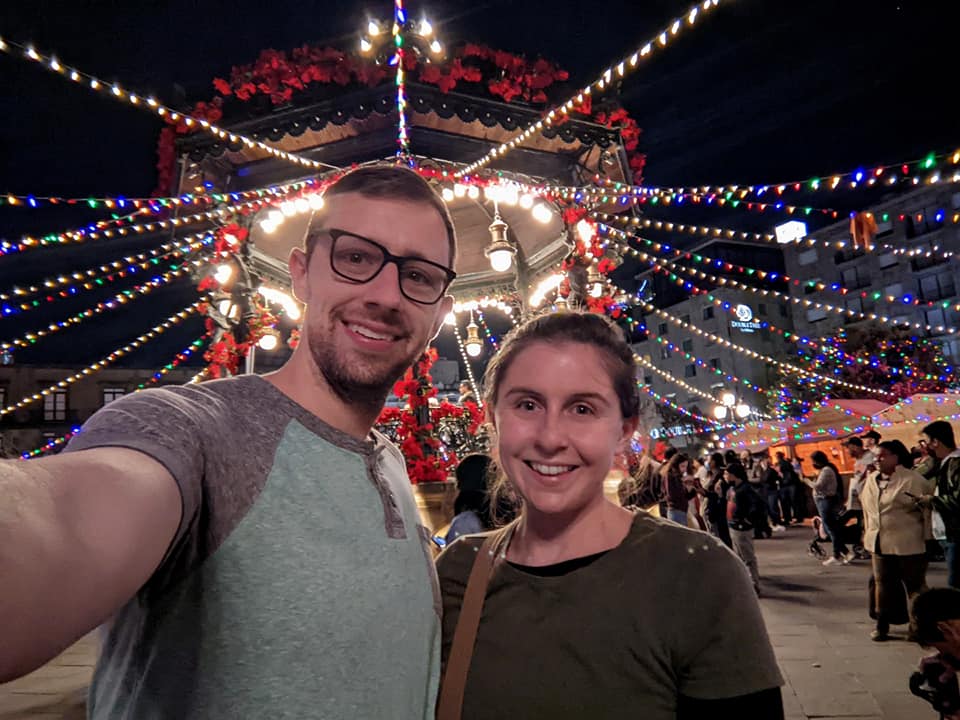
La Virgen de Guadalupe is another name for the Virgin Mary, and she just so happens to be the patron saint of Mexico. On Día de la Virgin de Guadalupe there is a huge pilgrimage in her honor to a site of great importance in Mexican history. However, it’s really only the truly devout who partake in this annual event. For most Mexicans, this day is known first and foremost as the official mark of the holiday season, and it often kicks off the fiestas in the form of food, drinks, and posadas. I, personally, have come to associate the word “posada” with “party”, but it actually means “inn”, a nod to the nativity story. In practice though, posadas are very much like the Christmas parties we have in the US. There are generally posadas for every peer group: family, friends, co-workers, etc. and no matter who you’re celebrating with, you’ll likely see piñatas, eat buñuelos (a fried dough treat), and drink ponche (a warm, fruity beverage). Mmm!
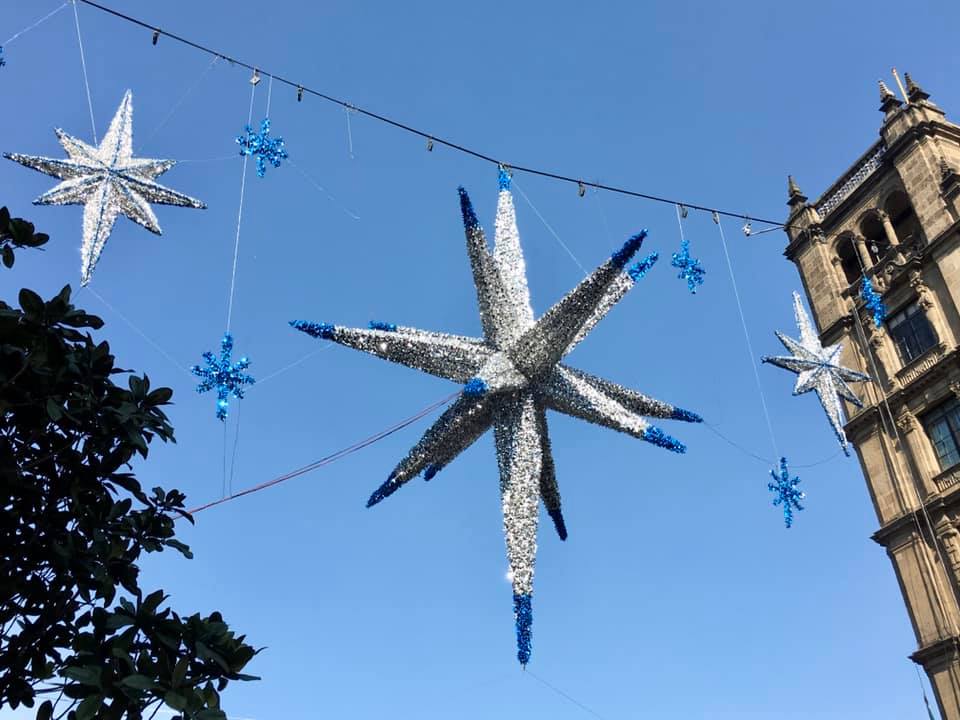
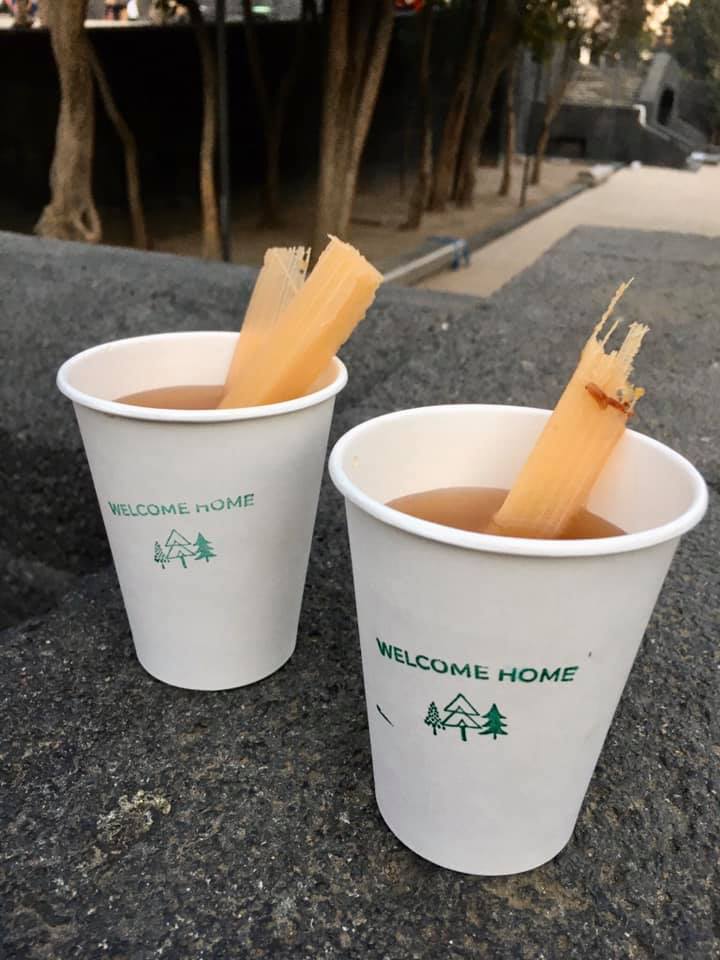
Noche Buena y Navidad

Next up is Christmas Eve or Noche Buena (not to be confused with nochebuenas the plants or Noche Buenas the beers haha). As a Catholic-majority country, church services are really common on Christmas Eve, including a very special midnight mass, also known as the Rooster’s Mass (it got this name because it is said that the crow of a rooster announced the birth of Christ). After mass, a feast is expected, and yes, that could be in the wee hours of the morning, which is why Christmas Day is seen as a rest and recovery sort of day. Of course, some people end up skipping church on Noche Buena, but the big family meal is rarely missed. Similar to our Thanksgiving, turkey or ham are common center pieces although the more traditional option would be bacalao, an olive and codfish dish. I’ll probably skip that one this year…
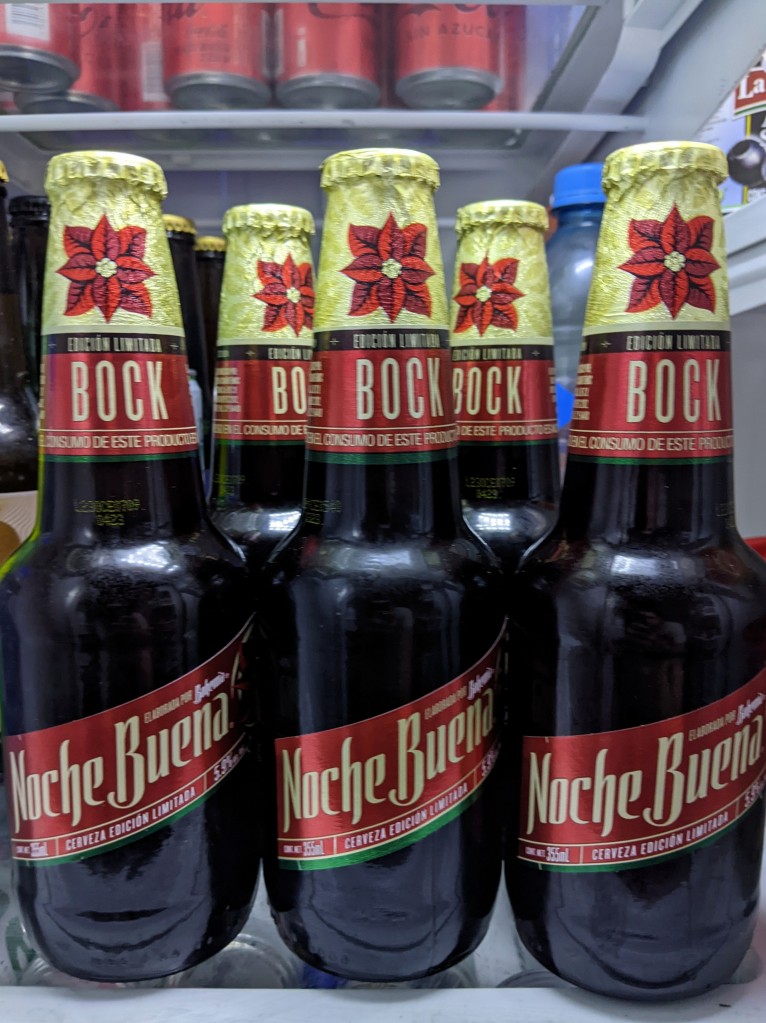
Another interesting thing about Christmas Eve night has to do with the all the nativity scenes. Nativity scenes (or Nacimientos) in general are extremely popular here. Like extremely. They feature in the décor of restaurants, banks, apartment buildings, malls, city squares, etc. Some are literally larger than life-sized and some are incredibly creative (we saw one this year made entirely out of poinsettias), but despite all the variety out there, they all have one thing in common: the baby Jesus is missing. That is, he is missing until Christmas Eve night. I absolutely love this detail and can’t believe how everyone pulls this off. Do they set an alarm to remember? Where do they keep the waiting babies? Who gets the placement privilege at the local mall? So many questions!
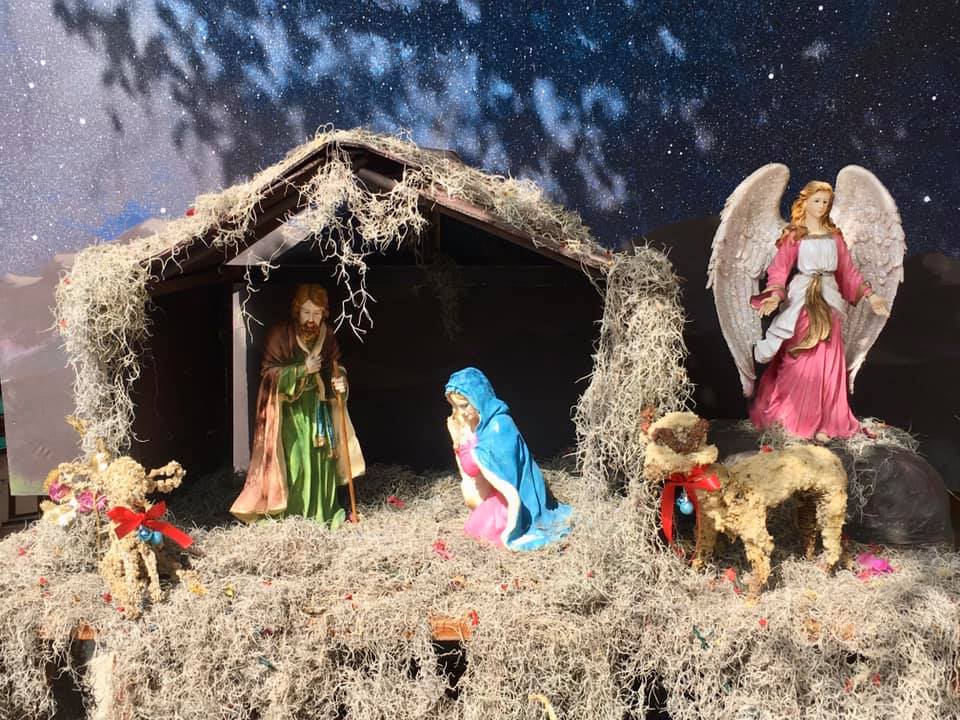
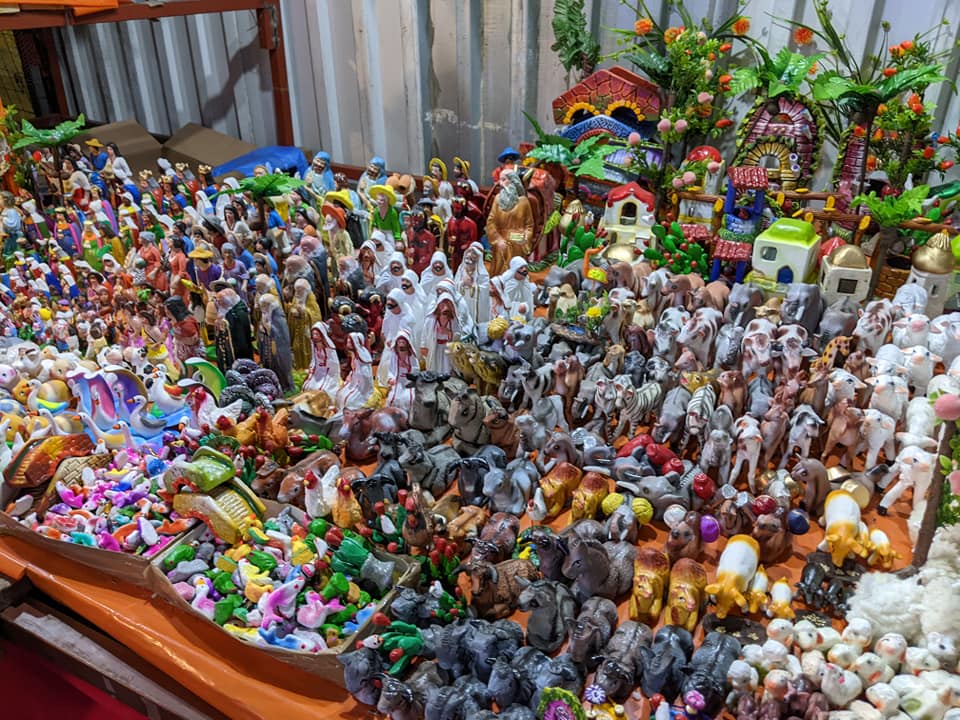
Día de los Santos Innocentes
Onto my least favorite of the wintertime holidays…Día de los Santos Innocentes is Mexico’s version of April Fool’s Day. It occurs every year on December 28th and started out as a day in which you could borrow something from someone without having to give it back, a sort of “finders keepers” day. However, over time, it has evolved to include all sorts of pranks pulled by family members, friends, and even news outlets. Basically, don’t trust anything you see or hear on this day, and definitely don’t lend anyone anything you might want back.

Noche Vieja y Año Nuevo
The next set of holidays on the list are, of course, New Years Eve and New Years Day. Celebrated much the same around the world, with food, fireworks, and late-night fun, there are a few Mexican traditions that stood out to me last year. The first being the 12 grapes you eat as the clock strikes midnight. The idea is that you make a wish for each grape (12 representing the 12 months of the New Year), and if you can get ‘em all down be the time the clock is done chiming, your wishes will come true. After trying this last year, I have to say that it is definitely harder than it sounds! Fireworks are another super common tradition, but not just at midnight. In fact, fireworks can be heard pretty much all December and well into January – another vestige of indigenous practices and a popular way of celebrating anything and everything in Mexico.
Día de los Reyes y Candelaria
Finally, we come to the last two holidays of the season Día de los Reyes (January 6th) and Candelaria (February 2nd). Día de los Reyes or Day of the Kings (often known as Three Kings Day or Epiphany in the US) is a holiday that is probably more exciting as a child. It’s another day where kids can expect presents, this time from the Wise Men. And while adults might not get any presents, everyone does get to partake in the sharing of the rosca de reyes. A rosca is a ring-shaped pastry that has a hidden figurine of the baby Jesus somewhere inside. Usually, you eat the rosca with family or friends, and whoever gets the baby, then has to buy the tamales the following month on Candelaria. Roscas come in all different shapes and sizes these days (in fact, we got a rosca of tacos last year in addition to a more traditional pastry), but no matter what kind of rosca you eat, just remember to bite carefully! Also, I advise you to order your tamales for Candelaria days in advance – a mistake I won’t make again!

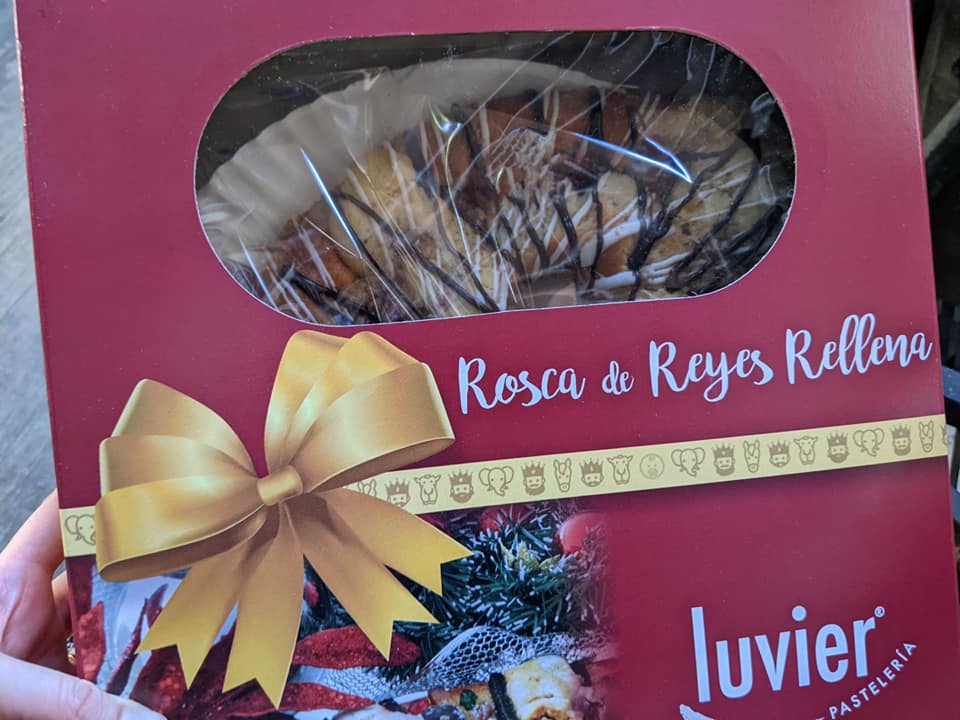



Wow! So many festivities to look forward to in next two months! Honestly, celebrating the local holidays is one of my favorite parts of living abroad, especially because we get to take these customs with us and celebrate them wherever we end up in the future! And now you can too! ¡Felices fiestas a tod@s!

